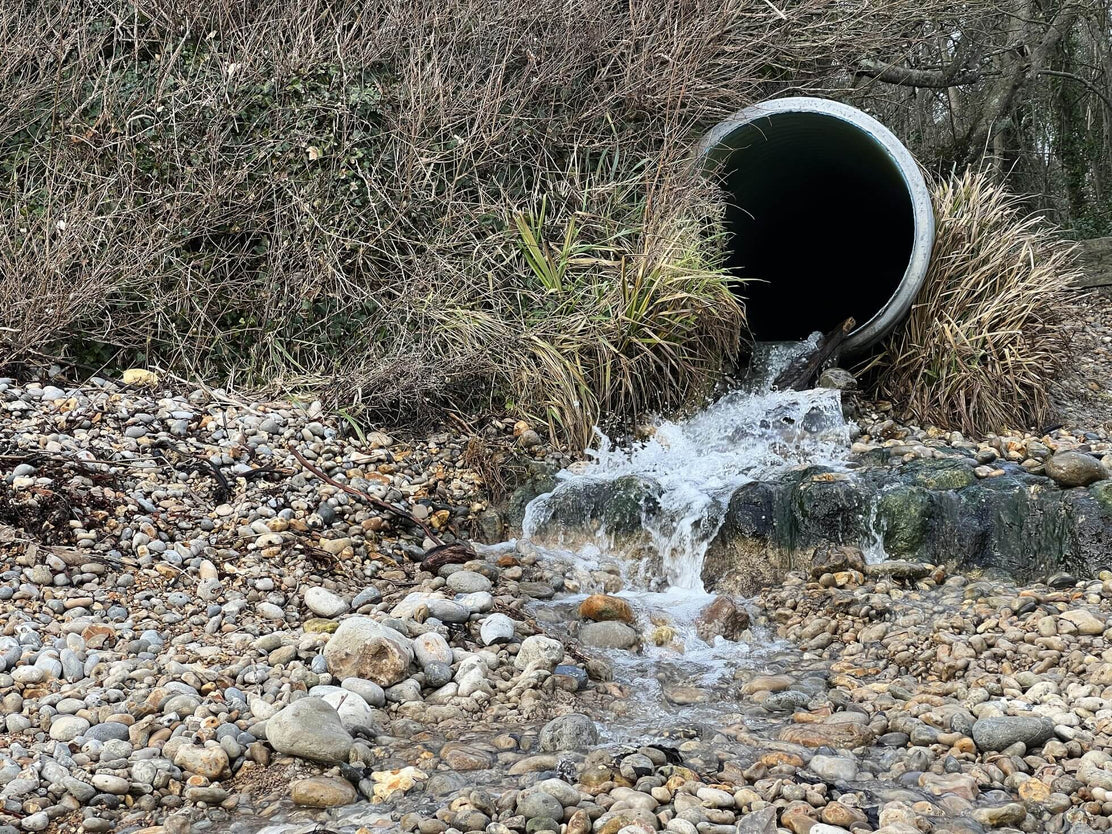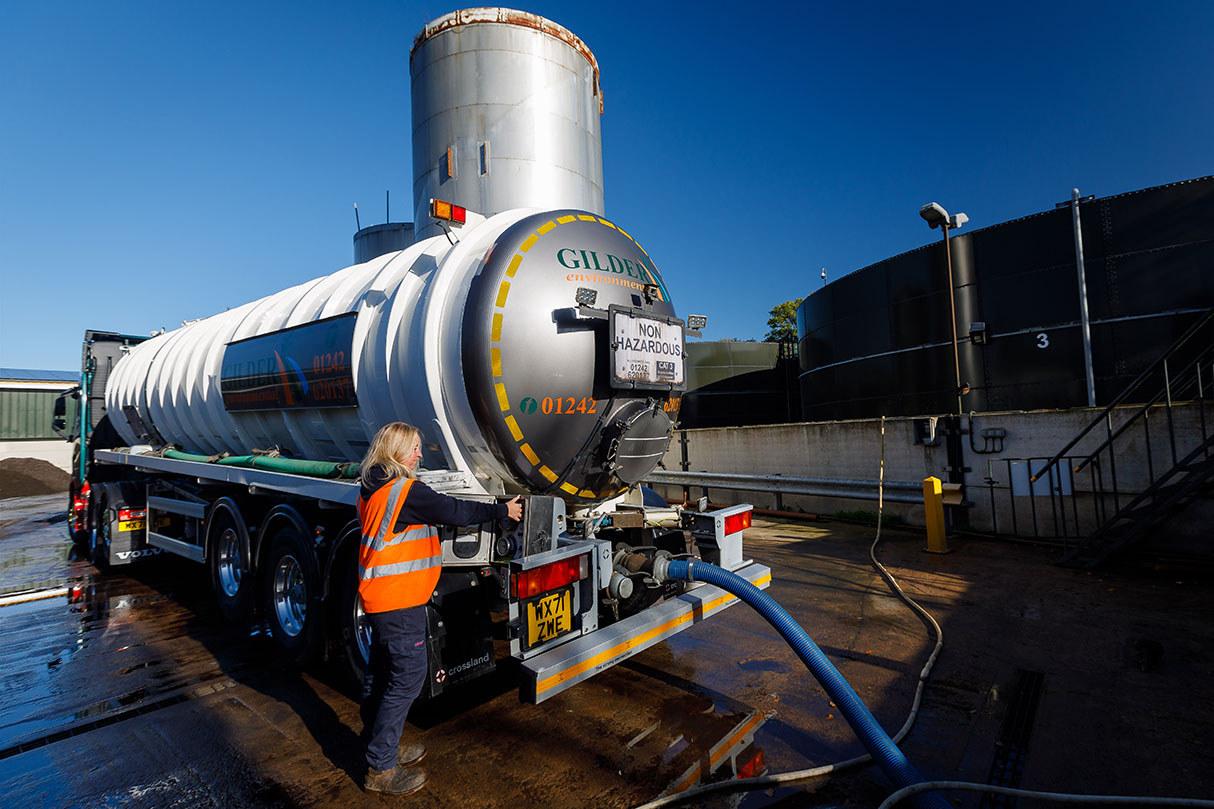Leading Industrial Wastewater Treatment Solutions: Ensuring Conformity and Efficiency
Leading Industrial Wastewater Treatment Solutions: Ensuring Conformity and Efficiency
Blog Article
Just How Liquid Waste Disposal Works: A Comprehensive Introduction of Techniques and Technologies Utilized

Review of Fluid Waste Types
The intricacy of liquid waste types demands an extensive understanding of their characteristics and ramifications for disposal. Liquid waste can generally be classified right into numerous kinds, consisting of commercial, local, farming, and hazardous waste. Each category shows distinctive residential properties, needing certain management methods to minimize environmental and wellness risks.
Industrial liquid waste originates from manufacturing procedures and typically consists of a variety of contaminants, such as hefty steels, solvents, and natural substances. Community fluid waste, primarily comprising wastewater from homes and industrial establishments, has raw material, nutrients, and pathogens (industrial wastewater treatment). Agricultural liquid waste, including overflow from farms, may have fertilizers, chemicals, and animal waste, positioning threats to water top quality and ecosystems
Hazardous fluid waste is characterized by its toxicity, sensitivity, or prospective to cause harm. Recognizing these varied fluid waste types is essential for developing effective disposal methods and making certain compliance with environmental policies.
Physical Treatment Techniques

Screening is the initial action, where bigger fragments and particles are removed from the fluid waste using displays or grates. This process secures downstream equipment from damages and makes sure smoother operation. Complying with testing, sedimentation makes use of gravitational pressure to different solids from fluids. In sedimentation storage tanks, larger bits work out at the base, creating a sludge layer, while the cleared up liquid can be additional treated.
Purification is one more crucial method that entails passing the liquid with permeable materials, such as sand or membrane layers, to catch smaller sized bits. This step improves the quality of the liquid, making it ideal for subsequent therapy procedures.

Chemical Treatment Methods
Chemical therapy methods are vital for successfully taking care of liquid waste, especially in dealing with dissolved and colloidal impurities that physical methods might not effectively eliminate. These methods use various chemical agents to neutralize, precipitate, or change dangerous materials right into much less unsafe types.
One common method is coagulation and flocculation, where chemicals such as alum or ferric chloride are added to promote the gathering of suspended bits. This process boosts sedimentation, enabling easier elimination of the resulting sludge. Additionally, oxidation processes, employing representatives like chlorine or ozone, are utilized to damage down complex organic compounds and microorganisms, making the waste safer for discharge or additional treatment.
Neutralization is another important method, which adjusts the pH of acidic or alkaline waste streams to neutral degrees, protecting against possible damage to downstream systems and the environment. Moreover, advanced oxidation procedures (AOPs) use mixes of oxidants and ultraviolet light to weaken persistent contaminants, accomplishing a higher level of therapy effectiveness.
Organic Therapy Processes
Organic treatment procedures play a vital duty in the monitoring of liquid waste by using microorganisms to decompose raw material and decrease impurity degrees. These procedures can be generally classified into aerobic and anaerobic therapies, each using specific microbial neighborhoods to attain reliable waste destruction.
Aerobic treatment includes using oxygen to help with the failure of natural materials by microorganisms. This procedure is generally implemented in triggered sludge systems, where oygenation tanks supply a conducive setting for microbial growth, leading to the oxidation of organic pollutants. The resultant biomass can be separated from treated effluent through sedimentation.
On the other hand, anaerobic treatment takes place in the lack of oxygen, depending on various bacteria to break down organic issue. This method is especially advantageous for high-strength waste, as it produces biogas, a renewable resource resource, while reducing sludge manufacturing. Technologies such as anaerobic digesters are frequently utilized in municipal and industrial applications.
Both anaerobic and cardio organic treatments not just minimize the ecological impact of fluid waste yet also assist in resource recuperation, making them important elements of sustainable waste management approaches. Their flexibility, efficiency, and performance sustain their extensive implementation across numerous markets.
Emerging Technologies in Disposal
Cutting-edge techniques to fluid waste disposal are swiftly evolving, driven by improvements in innovation and an enhancing emphasis on sustainability. Among these emerging modern technologies, membrane bioreactors (MBRs) have gotten traction for their capability to combine biological therapy with membrane purification, causing top notch effluent that can be reused in numerous applications. MBRs enable smaller sized impacts and much more reliable procedures contrasted to standard systems.
An additional encouraging development is the usage of anaerobic digestion integrated with nutrient recuperation innovations, which not only treats liquid waste however likewise generates biogas and recuperates useful nutrients like nitrogen and phosphorus. This double benefit improves resource effectiveness and lowers environmental influence.
Additionally, progressed oxidation procedures (AOPs) are being adopted for the deterioration of complicated natural toxins. These approaches make use of effective oxidants and catalysts to damage down pollutants at the molecular degree, providing an extremely reliable option for difficult waste streams.
Moreover, the assimilation of synthetic intelligence and artificial intelligence in waste management systems is optimizing operational performance and predictive maintenance, leading to reduced prices and boosted ecological compliance. These technologies reflect a substantial shift in the direction of even more effective and lasting liquid garbage disposal methods.
Conclusion
Finally, reliable liquid garbage disposal liquid waste disposal melbourne necessitates a thorough understanding of numerous methods and technologies. The combination of physical, chemical, and organic therapy methods ensures the reliable monitoring of varied waste kinds. In addition, the introduction of cutting-edge modern technologies enhances treatment effectiveness and advertises sustainability in waste administration techniques. By continually advancing these approaches, it becomes possible to attend to the expanding obstacles related to fluid waste, eventually adding to ecological security and source recuperation.
Fluid waste disposal is an essential element of ecological monitoring, needing an extensive understanding of various methods and innovations tailored to different waste kinds. Liquid waste can generally be categorized right into a number of types, consisting of industrial, metropolitan, agricultural, and dangerous waste. Agricultural fluid waste, consisting of runoff from ranches, might include plant foods, pesticides, and pet waste, posing dangers to water top quality and environments.
Various physical treatment methods play a crucial function in taking care of liquid waste effectively - industrial wastewater treatment.In verdict, reliable liquid waste disposal demands a comprehensive understanding of different methods and innovations
Report this page